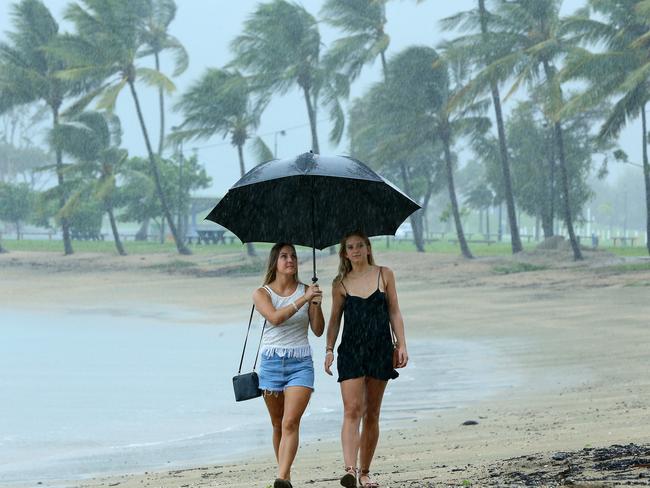Cyclone Debbie: How long will storm fury last?
IT WON’T be safe to go outside today, and even tomorrow will be dicey. Cyclone Debbie’s fury will torment Queensland residents for hours upon hours.
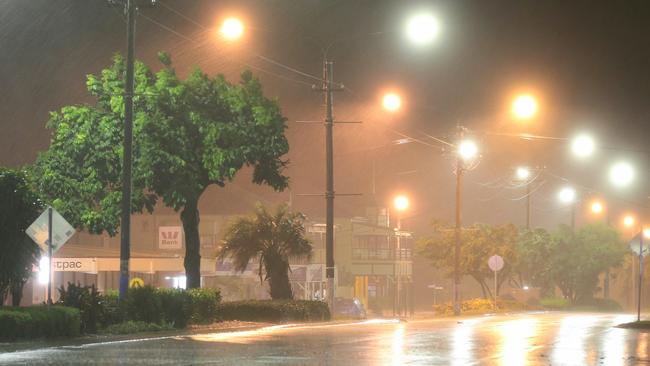
RESIDENTS in the firing line of Cyclone Debbie have been warned they face an agonising and hellish wait for the worst of the storm fury to pass.
The slow moving category four cyclone will not only linger along the coast but is also expected to hit towns up to 100km inland.
The Bureau of Meteorology predicts Debbie, which is expected to make landfall between Ayr and Midge Point around 1pm Queensland time (2pm AEDT), will be felt for hours before and after the centre passes.
BOM Senior forecaster Adam Blazak told news.com.au the cyclone was slow moving but was picking up speed as it barrelled towards land.
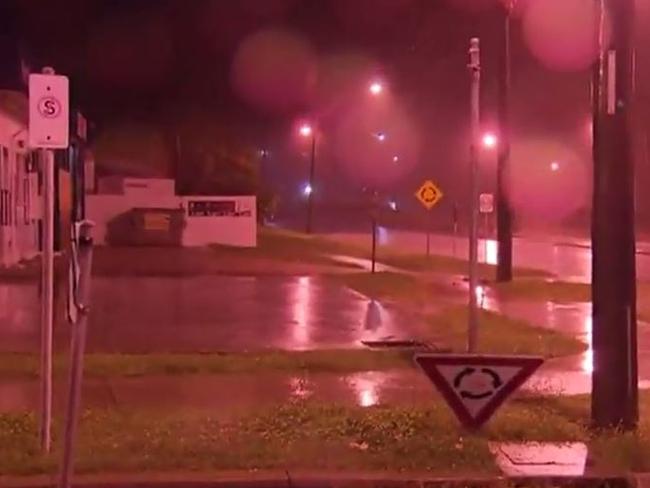
He said Hamilton Island had already been battered by winds in excess of 195km/h and this was only the start.
“It’s going to be a long and exhausting day and a very long wait,” he said.
Mr Blazak warned it could take 18 long and hellish hours for the worst of the cyclone to pass.
“It’s a quite unusual system, it’s really only starting up now,” he said.
“The wind gusts are exception already and with these destructive winds will see power lines down, trees uprooted and flying debris.
‘It’s going to be really exhausting for people living through it and in some cases it won’t be safe to venture outside until at least tomorrow”, for fear of debris flying through the air.
“A category four can range from 225km/h to 280km/h.
“At 145km/h we can expect branches down, as the wind speed doubles so does the damage”, he warned, with the heavily populated area expected to cause a lot of damage.
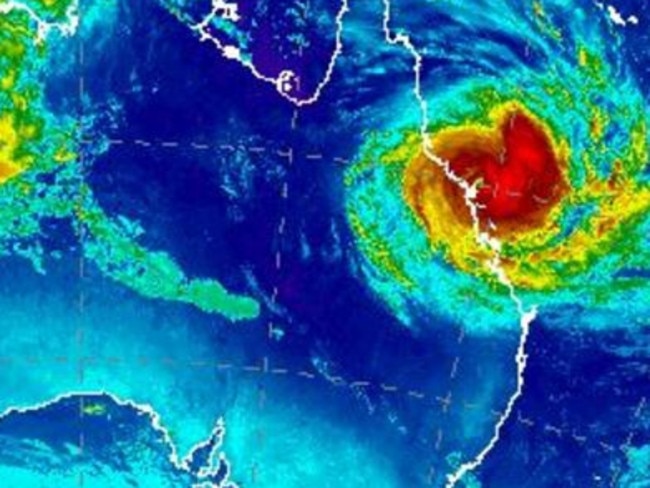
Harrowing winds batter Hamilton Island
Storm chaser: ‘Going for the eye’
Ground zero: Town faces direct hit
Mr Blazak said it was exhausting for those living through it not just because of the long wait.
“Cyclones are not only incredibly damaging but incredibly loud for those waiting it out,” he said.
While most cyclones hit landfall in the dark Mr Blazak said it wasn’t rare for the systems to hit during the day.
“Cyclones are a bit like babies, they tend to mostly come at night but like babies every cyclone is different,” he said.
“This is quite a big system and because it’s so slow moving it will hang around.”
Mr Blazak also said the storm was on track to hit inland towns, Regions up to 100km away would potentially face a category one cyclone.
He also warned most people wouldn’t be able to venture outside until the cyclone passed, which for some areas could be tomorrow morning.
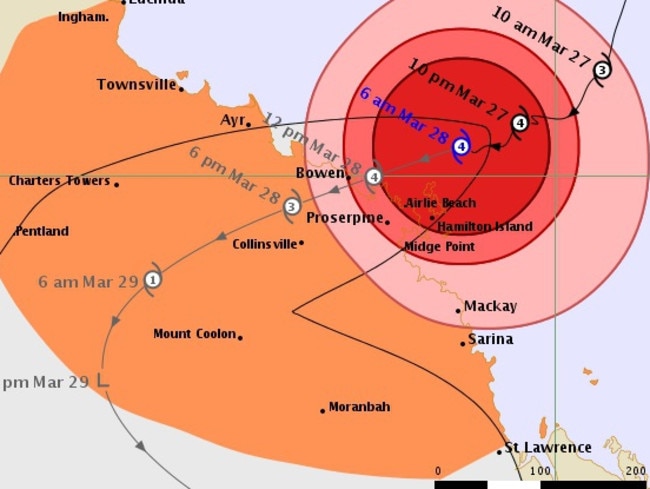
SEVERITY OF CYCLONE FURY
Categories of cyclones can also be misleading in terms of the ultimate impact.
Cyclone Monica was the most intense cyclone — in terms of maximum sustained winds — to hit Australia when it formed in 2006.
But the fact it crossed in an isolated area of Arnhem Land meant damage was limited.
Cyclone Tracey was a category four system. But even though it wasn’t as strong as Monica, it hit Darwin directly, in a time where houses weren’t built to sustain strong winds.
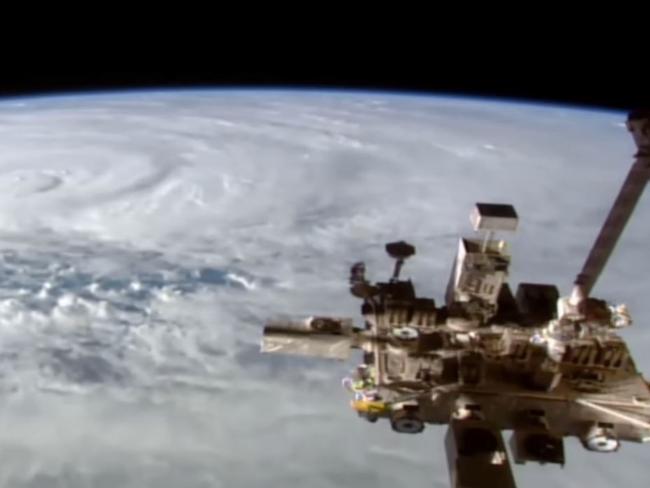
At least 65 people were killed when it hit on Christmas Day 1974. And half of the city of 45,000 people was left homeless.
Even a category one system can cause a large amount of damage, depending on where it hits, and how long it hangs around. Category one Cyclone Carlos hit Darwin in 2011.
It moved very slowly and erratically, dumping 339mm of rain in 24 hours along with sustained winds, meaning many trees were knocked down.
Mr Blazak said because Debbie was slow moving, it gave the system more time to generate speed over water.
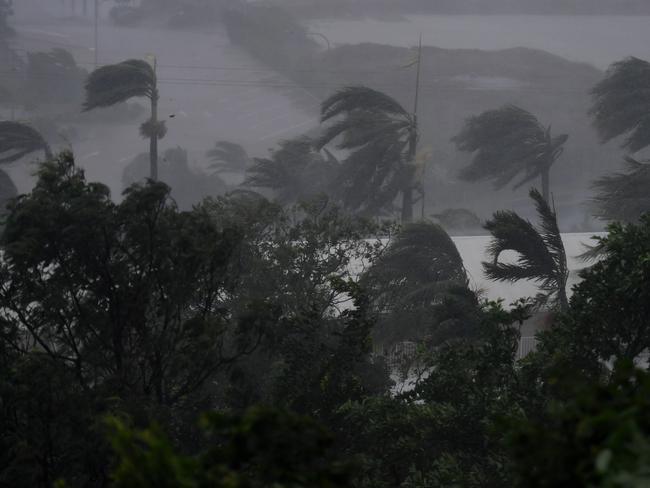
CYCLONE IN NUMBERS
Towns, areas affected: Bowen, Mackay, Proserpine, Ayr, Townsville, Sarina, Airlie Beach, Hamilton Island as well as Lucina and Sarina. Inland towns of Collinsville and Charters Towers also expected to be impacted.
Wind gusts recorded so far: Hamilton Island 197km/h
Rainfall: Proserpine received 170mm in three hours; Mackay 300mm recorded since 9am yesterday
Storm surge: High tide expected around 10am local time, storm surges of up to 1-1.5m predicted.
